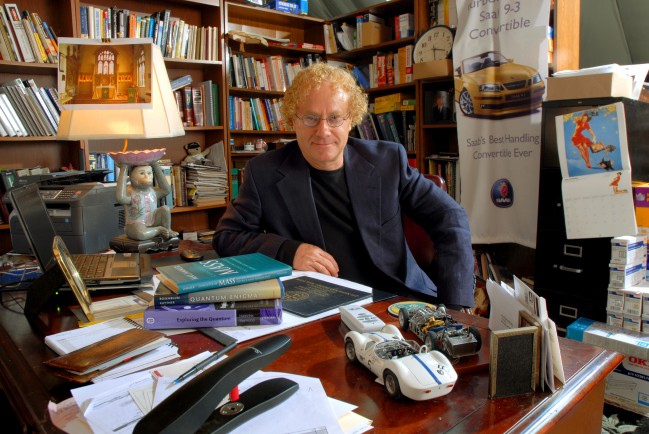
The last two blogs dealt with aperture and shutter speed. Each one has it’s own set of characteristics and functions. They represent different physical phenomenons. Both phenomenons can be related to the functions of the human eye. What is a camera…a tool for collecting light. The same can be said about the human eye, hence, the connection.
Although shutter speed and aperture have very different functions, we need to remember their main and most common function…balance. They MUST ALWAYS balance or your image, typically, will only be a failed experiment.
When shooting we must always consider both functions and determine a correct balance to enhance the image we are creating. Not only does it help to have been shooting long enough to know your way around a camera without really thinking about it but “Pre-visualization” of the image you are attempting to create can be your saving grace. If you have pictured what the image should look like in your mind before you shoot it, the hard part is over. It’s when you don’t have a clear pre-visualized image that creates uncertainty and chaos during the shooting process.
I suggest that if you don’t have a clear picture in your mind of what to do, start somewhere and then shoot alternatives. It’s like an novice skier. Don’t get freaked out by looking down the entire slope! Take it one turn at a time and you will get to the bottom. The best way to eat an elephant…one bite at a time!
So, set a starting point…do it and go on to the next treatment. For instance, if you’re not sure what type of lighting or background to a portrait that you what, shoot variations. Just make sure that you don’t get freaked out by the possibilities. One bite at a time. For me, even though I may already have a definite image I want to create, I still shoot variations. You never really know, even if you have a good idea of what the client or even yourself wants, once it hits the computer or page that idea may change. Images can tend to look different as you change your perspective to it.
I used to know an artist that would paint a painting, not looking straight at it but by looking at it reflected in a mirror. She said that because we see things the way that we are use to seeing things thus can tend to NOT see it for what it really is, you can truly see it when you change your whole perspective to it. The image she was painting was backward from her normal perspective. She went on to paint murals for the Star Wars movies and acquired huge accolades from Lucas himself for her ability to paint “absolutely”.
Pre-visualizing your image will give you a place to start concerning what settings you put your camera on. For instance, when I shoot a portrait, I typically want my background to be out of focus so the attention of the viewer will be directed to the subject. That mean a wide open aperture and a faster shutter speed to balance. If I’m shooting a portrait of someone in their study and I want to include information about them (to imply that they are a researcher) I would stop down my lens for a deeper depth of field which would mean a slower shutter speed or more power to the strobe.
To get an image of the subject with books in the background, implying that they are a researcher but not having the viewer’s eye travel to the books behind them (keeping the subject as the main focus of the image) I would shoot with a longer focal length and open up the aperture which would blur the background. Then I would balance the exposure with the appropriate shutter speed or strobe power.
The focal length of a lens can be critical to the outcome of what you are conveying with an image. My next blog will be dealing with this subject.
Happy Shooting!